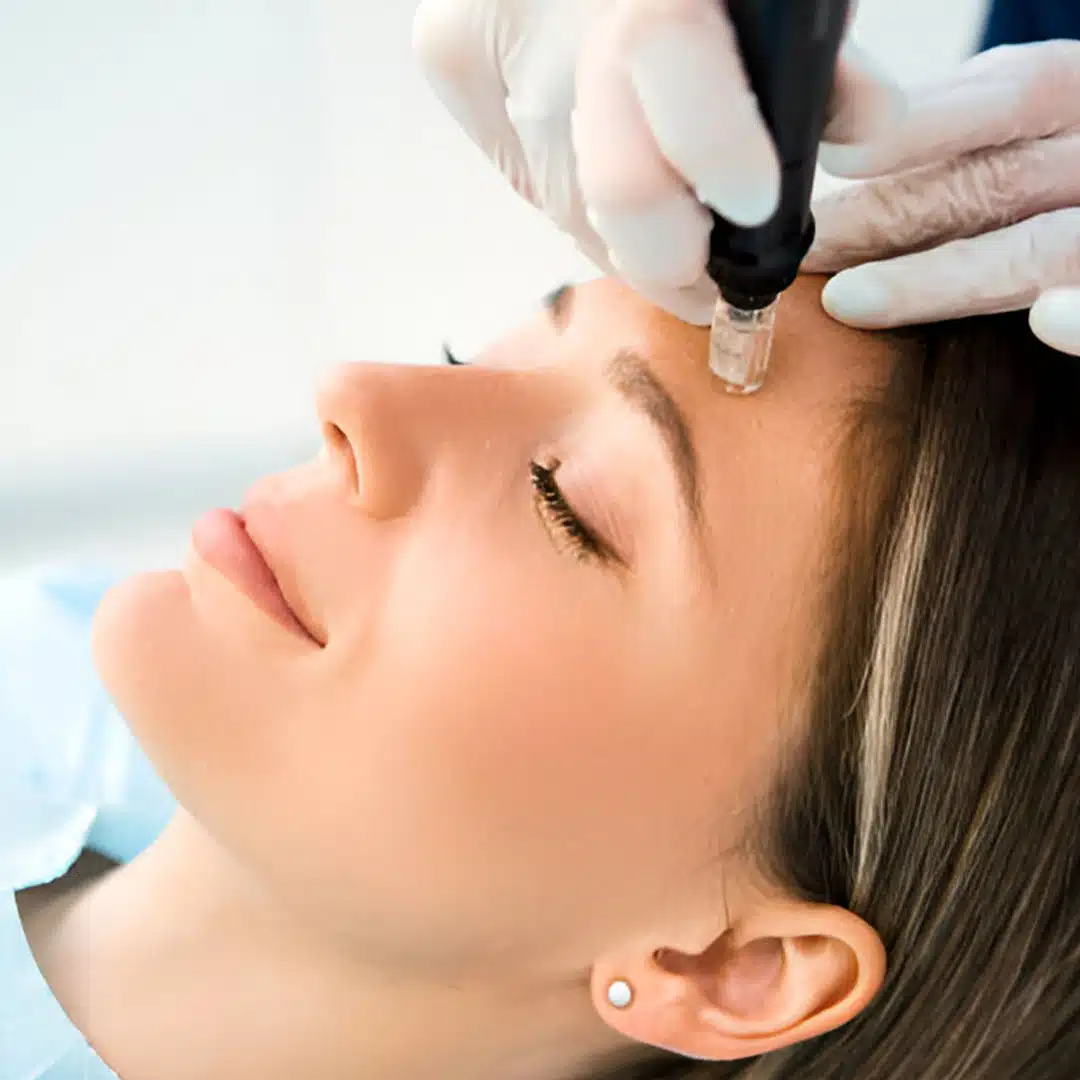Different types of microneedling devices cater to various needs and preferences in the realm of skin rejuvenation. Professional settings often utilize advanced tools designed for microneedling-assisted PDT and multiple microneedling sessions, ensuring optimal results during a microneedling appointment. A microneedle device can vary in terms of needle depth and configuration, such as microneedle arrays, which can enhance microneedling-induced wound healing. For those interested in at-home microneedling, safely using at-home microneedling devices can still yield effective outcomes, provided users follow proper techniques. Pre-illumination microneedling is also gaining traction, offering individuals a unique approach to boosting collagen production and achieving smoother skin. The average microneedling session duration allows for both comfort and effectiveness, making it a popular choice among those seeking to improve their skin texture and appearance.
Types of Microneedling Devices
Microneedling devices vary significantly in design and functionality, catering to different skin concerns and treatment goals. Solid-coated microneedles and these devices include microneedle delivery systems that utilize various materials. For instance, statpearls microneedling employs swellable polymer microneedles that expand upon application. Other options encompass silicon microneedles that are gentle on the skin and suitable for sensitive areas.
Advanced technologies such as microneedle radiofrequency and fractional microneedling radiofrequency have gained popularity for their enhanced efficacy. These devices often incorporate titanium microneedles for improved durability and precision in treatment. Fractional radiofrequency microneedle techniques create controlled micro-injuries, stimulating collagen production while minimizing downtime. It is crucial to consider the specific device type to ensure optimal results and to monitor any potential complications, such as lymphadenopathy post-microneedling, that may arise.
Features to Consider When Choosing a Microneedling Device
Selecting the right microneedling device involves understanding the specific features that can impact treatment effectiveness. Devices that utilize fractional microneedle radiofrequency technology offer enhanced results by creating microinjuries in the skin while also delivering thermal energy. This combination stimulates collagen production and promotes skin tightening. Evaluate the needle depth settings available on the device, as this will influence the extent of micro-punctures and the potential for skin flaking, which is an important part of the healing process.
Another crucial consideration is the type of needles used in the device. Look for options featuring disposable needles to ensure hygiene and prevent cross-contamination. Devices that employ a microfabrication technique can provide more precision with the tiny needles, ensuring that the micro-injuries are consistently delivered across the treatment area. Assessing the ease of use and maintenance of the device is also essential for achieving optimal results with microneedling treatments.
At-Home Microneedling
At-home Microneedling can be an effective way to enhance skin texture and stimulate collagen production. Users employ devices with thin needles or fine needles that create tiny injuries on the skin's surface, promoting dermal delivery of serums and other skincare products. For optimal results, choosing a device that features 1.5-mm length needle tips is recommended, as different needle lengths and depths cater to various skin concerns. Maintaining hygiene is crucial; the needles should always be sterile to prevent infection. Users should be aware of the needle pricks and their potential effects on skin sensitivity, ensuring a careful approach to this skin treatment.
How to Perform At-Home Microneedling Safely
Performing microneedling at home requires careful attention to safety and hygiene. Start by selecting a device with good needles, ideally featuring fine protruding needles that allow for effective needle dermabrasion without causing excessive trauma to the skin. Be mindful of the needle size you choose, as this will determine the depth of the microscopic punctures. Proper sterilization of the device is essential to prevent localized infection. Prepare your skin by thoroughly cleansing it and ensuring no active conditions, such as a new cold sore, are present to avoid complications.
After preparing your skin, apply a topical numbing agent to minimize discomfort during the procedure. As you perform microneedling, maintain a consistent technique, ensuring even pressure is applied across the treatment area. Follow up with suitable products for dermal remodeling, such as tranexamic acid microinjections or serums that promote healing and hydration. Aftercare plays a crucial role, so make sure to allow appropriate time for reapplication of skin care products and avoid sun exposure for a few days to support optimal recovery.
Recommended At-Home Microneedling Devices
At-home microneedling devices offer a convenient approach for skin remodelling and localized treatment. These devices typically feature sterilized needles that vary in needle length, allowing users to customize their experience based on individual skin needs. A proper technique is essential to maximize benefits and minimize flaking post-procedure. Users should consider needle materials and the overall design of the device to ensure they are equipped for effective intradermal delivery.
Some devices are specifically designed to address issues like varicella scars, making them ideal for targeted maintenance. Selecting a subcutaneous incisionless device can enhance the safety of your microneedling routine. Researching the best options available will help you find a reliable at-home microneedling device that aligns with your skincare goals and comfort levels.
Conclusion
Microneedling has emerged as a popular treatment in the realm of skin rejuvenation and skin tightening. This innovative procedure involves creating controlled micro-injuries to the skin's surface, allowing for enhanced absorption of topical products and encouraging natural healing processes. Various techniques and devices, including those that incorporate laser technology, have made microneedling a versatile addition to cosmetic medicine. As practitioners refine their practice, the effectiveness of microneedling continues to improve, presenting a promising table of options for individuals seeking to rejuvenate their skin. Understanding the intricacies of this treatment, including the layers of skin affected and the safety measures in place, is essential for anyone considering microneedling or its alternatives, such as vulgaris.





